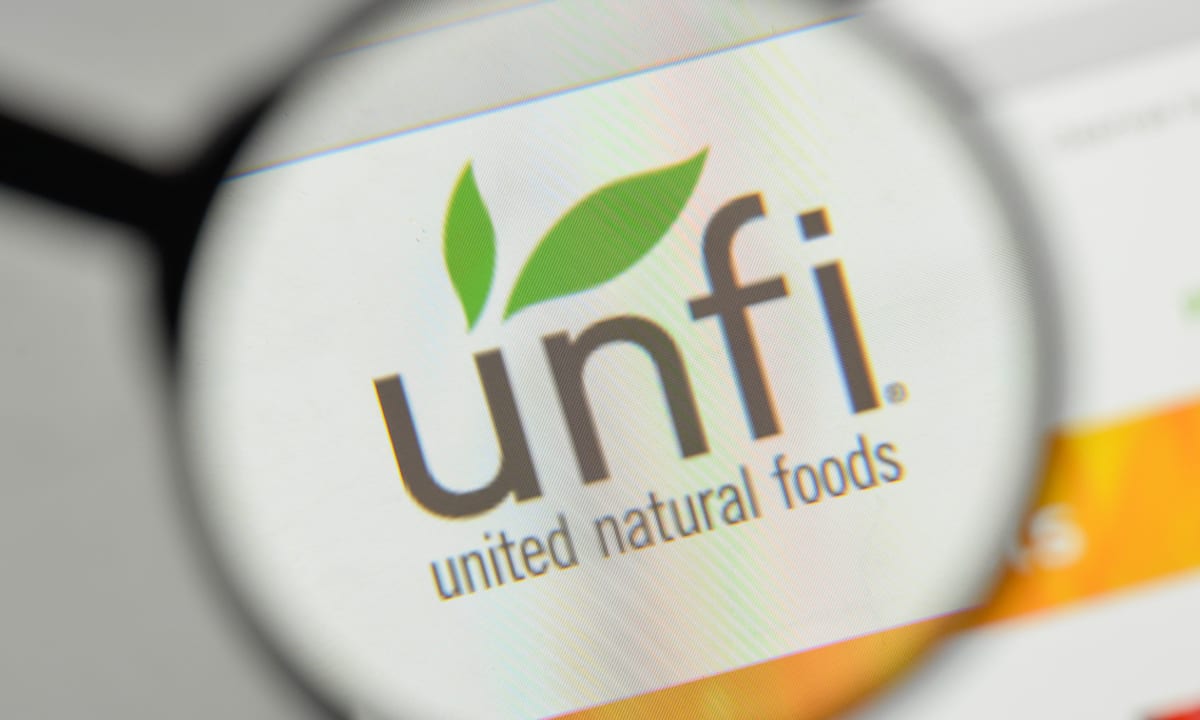Mirakl Predicts The Marketplace-Led Future Of Online Grocery

Innovation breeds innovation, and as consumers have increasingly taken advantage of the digital-first tools available to them in the past year or so, their expectations for digital commerce options that offer convenience, immediacy and an expansive selection have only increased, prompting businesses to find creative ways to meet these evolving needs. To that end, wholesaler giant United Natural Foods, Inc. (UNFI) has announced a partnership with eCommerce software company Mirakl to leverage the software company’s leading marketplace software as a service (SaaS) platform to grow its product range and streamline operations. The partnership will allow UNFI to engage more competitively in the food eCommerce space, offering options that integrate more seamlessly into grocers’ and shoppers’ lives.
“Even in the new digital-first age, where eCommerce is king, grocery shoppers’ habits are still closely linked with their local stores – and a marketplace must be as well, in order for it to thrive,” Adrien Nussenbaum, U.S. CEO and co-founder of Mirakl, told PYMNTS in an interview. “This means making it easy for shoppers to order marketplace products while shopping in-store … the marketplace model is quickly becoming the model for growth in online grocery. By extending the aisle with third-party sellers online, grocers can offer more (and more relevant) products, giving customers the experience that they expect with fewer out-of-stocks and convenient ship-to-home capabilities.”
Separating The Great From The Good
Keeping ahead of the pack in the rapidly evolving eCommerce food space requires both a strong infrastructure and the ability to respond moment-to-moment to changes. Discussing what sets top-performing online grocers and wholesalers apart, Nussenbaum said, “Simply put, it’s an emphasis on innovation. Grocery shopping and purchasing trends have changed dramatically since the onset of COVID-19, and investments in technology have been crucial to survival and success. With an online marketplace, you can think beyond the shelf and expand into new categories with little risk.”
As an example of a consumer-facing grocer leading the digital shift, Nussenbaum pointed to Kroger Ship, Kroger’s ship-to-home marketplace developed in partnership with Mirakl. Nussenbaum noted that it “target[s] categories like toys and homewares in addition to international foods and specialty food items,” explaining that “because of the fluid nature of grocery inventory, the marketplace model gives grocers the freedom and flexibility to test out new categories and learn what resonates most with customers – all while earning incremental revenue.”
Nussenbaum noted that for UNFI, the partnership with Mirakl will allow the wholesaler to be more agile with its inventory, making it easier to onboard new vendors and making the platform more efficient for internal use.
Managing The Tricky Economics Of eGrocery
“The current economics of shipping groceries straight to customers’ doors is a challenge – and keeping fulfillment and shipping costs down for sellers and customers is necessary for a grocer to grow,” said Nussenbaum. “The business of online grocery delivery to customers’ doors is incredibly low-margin — most grocers need to charge fees to cover the costs to meet the ever-expanding customer expectations for convenience.”
He added that an “endless aisle marketplace” has the ability to “provide a margin-rich, asset-light complement to the grocery delivery business.” However, simply offering an online marketplace is not enough. “Grocery marketplaces offer the scalability, operational efficiency and profitability needed to compete in such a crowded market,” he explained, “but not all channels are created equal.”
Nussenbaum specified that for an online marketplace to succeed, it must be a “transformation of the traditional grocery business model” — and, consequently, “an integrated part of the eCommerce experience, not a standalone initiative.” Such a marketplace, he said, can offer businesses “the agility to meet the changing demands of their customers” and to “predict the needs of their customers, whether in-store or online.”
The Future Of The Online Food Marketplace
Looking ahead, Nussenbaum noted that research indicates that young consumers intend to continue shopping for food online even after contagion concerns subside, and that key industry players expect the space to keep growing. “And while the surge of grocery eCommerce is unquestionably tied to COVID-19, the popularity and convenience of online grocery are here to stay,” he said. “…This is just a small glimpse into the future – and market leaders are proactively responding with investments in a comprehensive omnichannel grocery experience.”
Unsurprisingly, he believes that this digital future will be led by retailers that offer online marketplaces. He cited the findings of an Enterprise Marketplace Index report by Mirakl, which observed, among other findings, that marketplaces’ “boost effect” leads to a 34 percent increase in site traffic, “benefiting from additional demand and relevance without additional marketing spend.”
Additionally, Nussenbaum pointed to a finding that the addition of new sellers actually grows each seller’s gross merchandise volume (GMV). “This concurrent rise in seller count and GMV per seller shows that sellers do not cannibalize each others’ growth,” he explained. “In fact, the Index found that the addition of new sellers leads to incremental growth for every seller – including retailers’ owned product offerings.”
